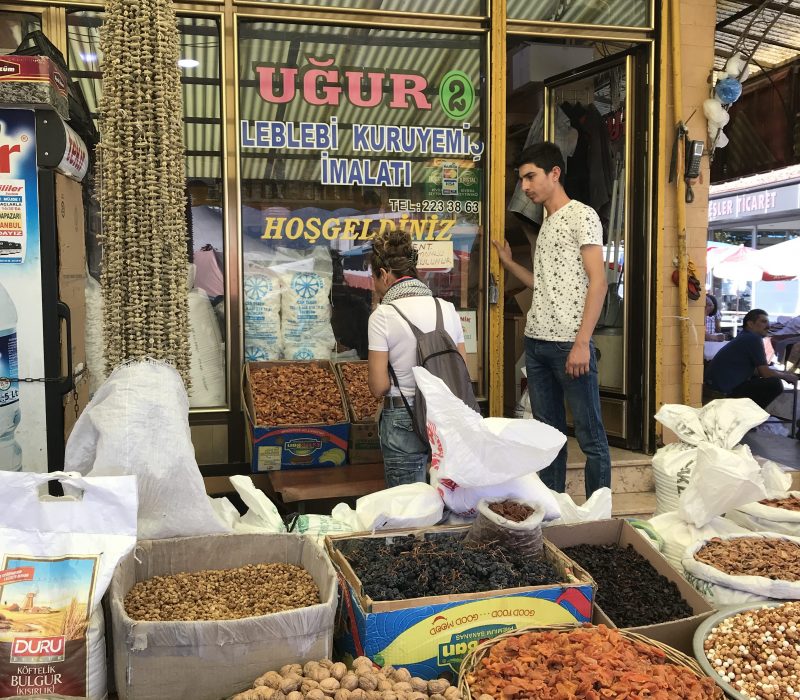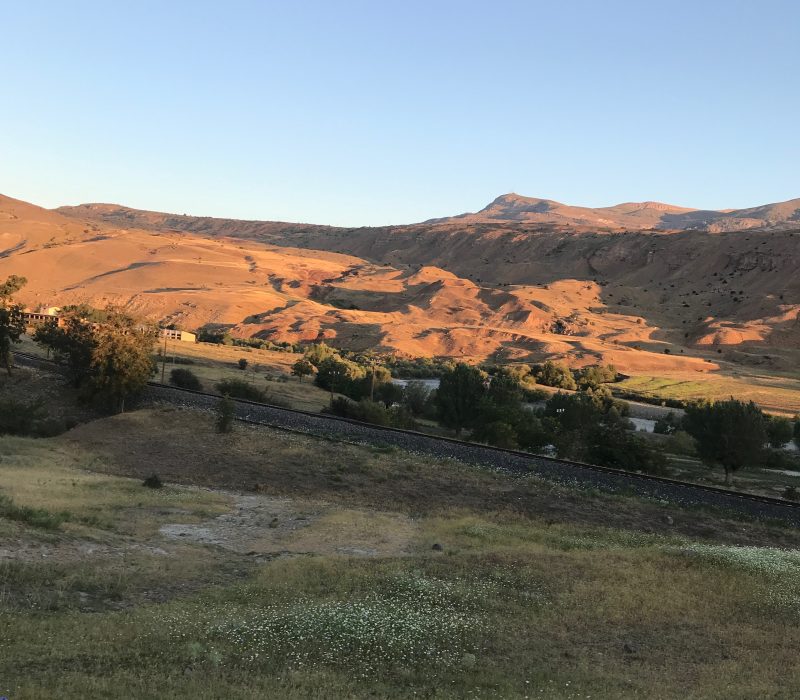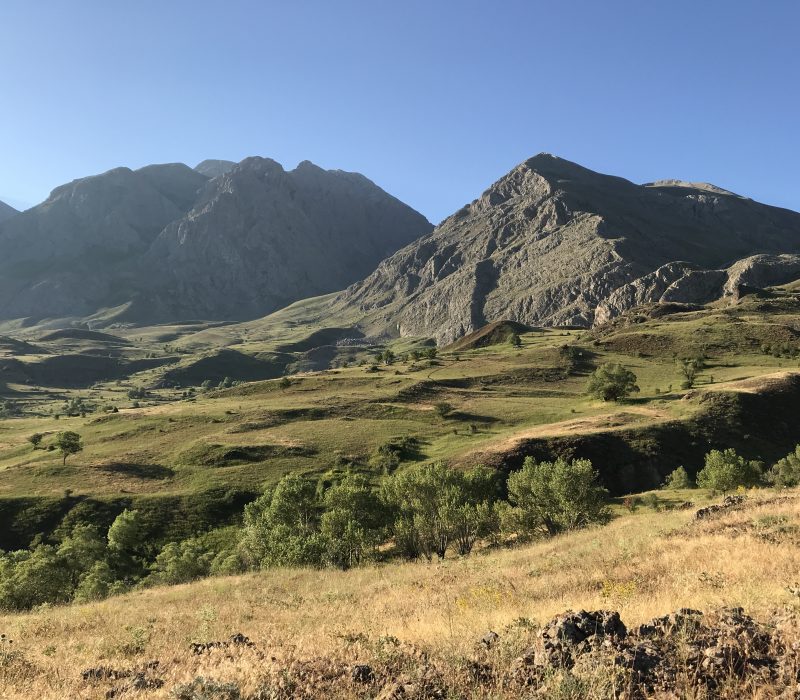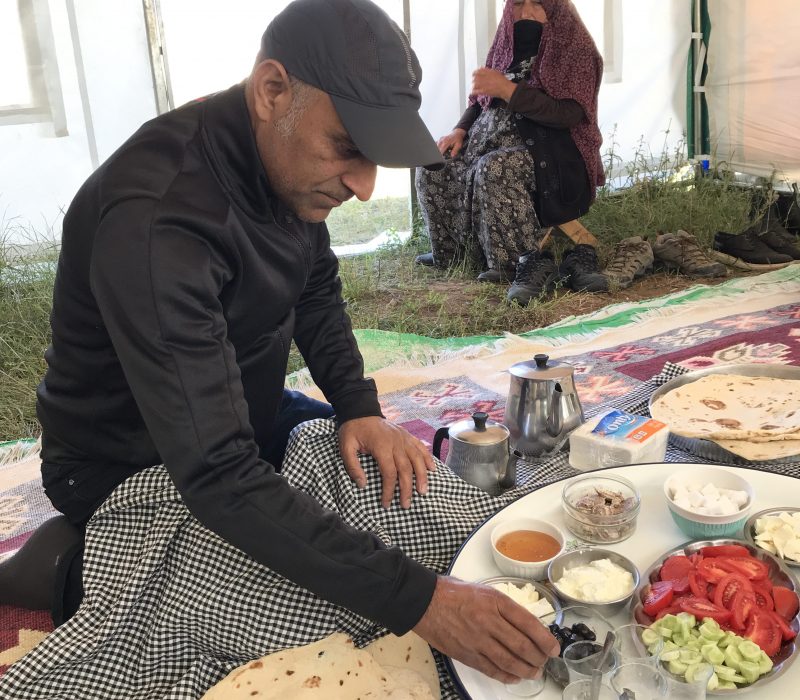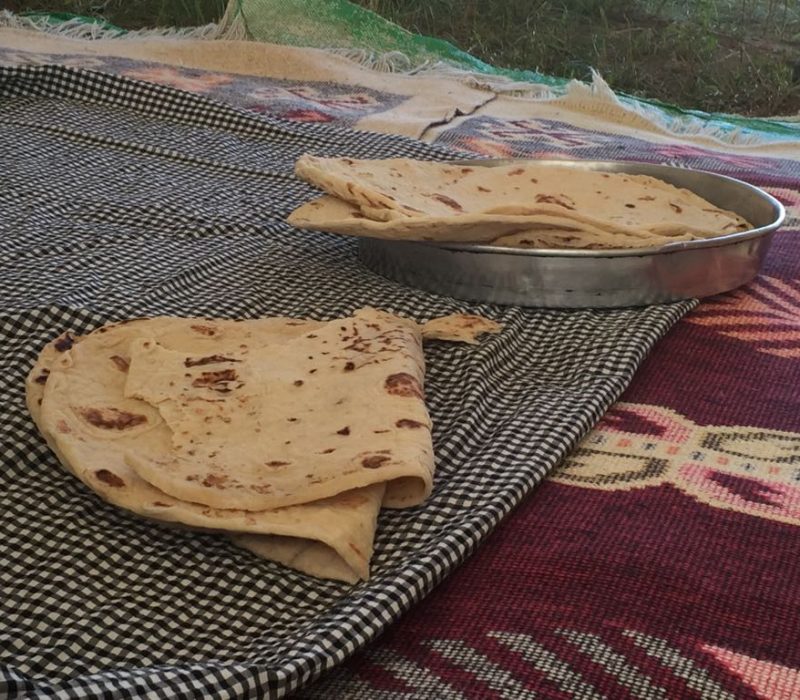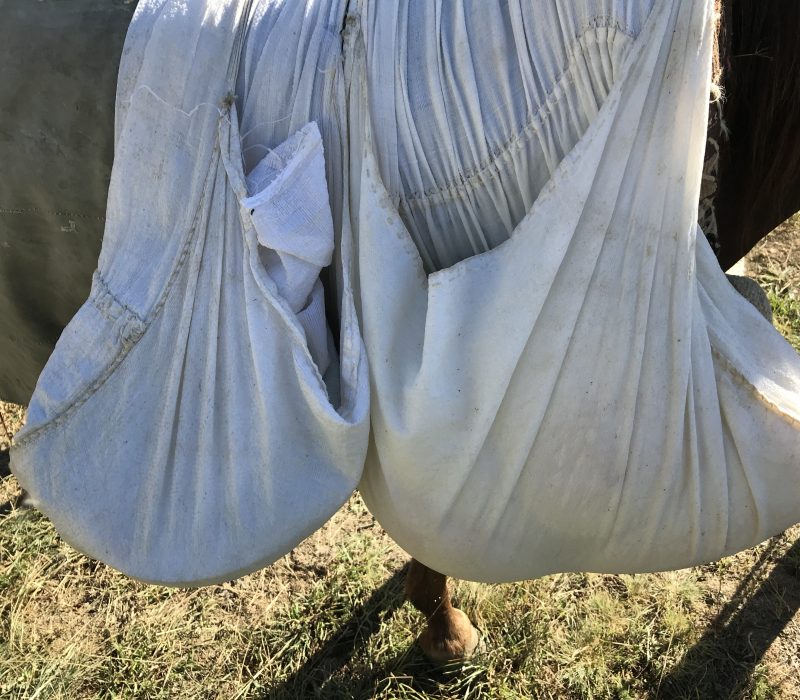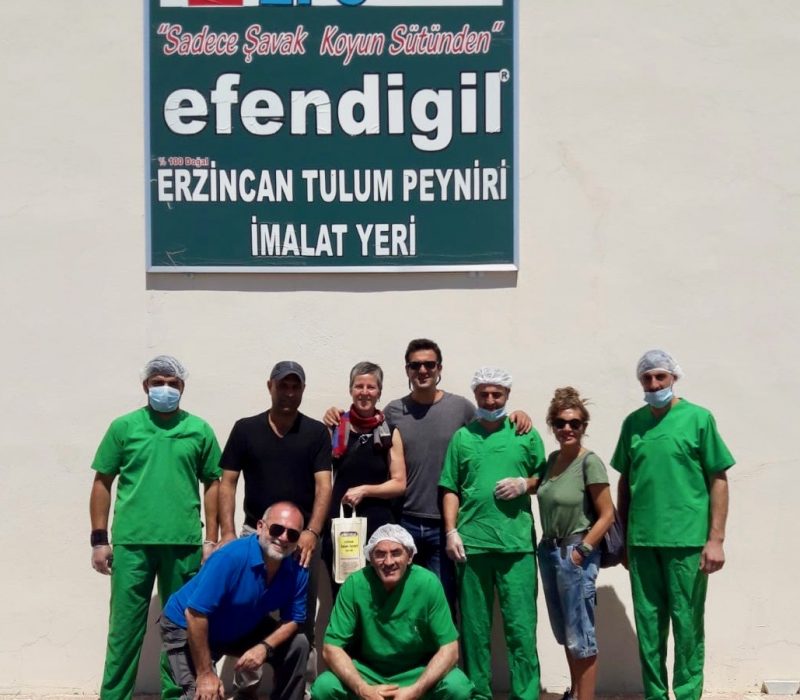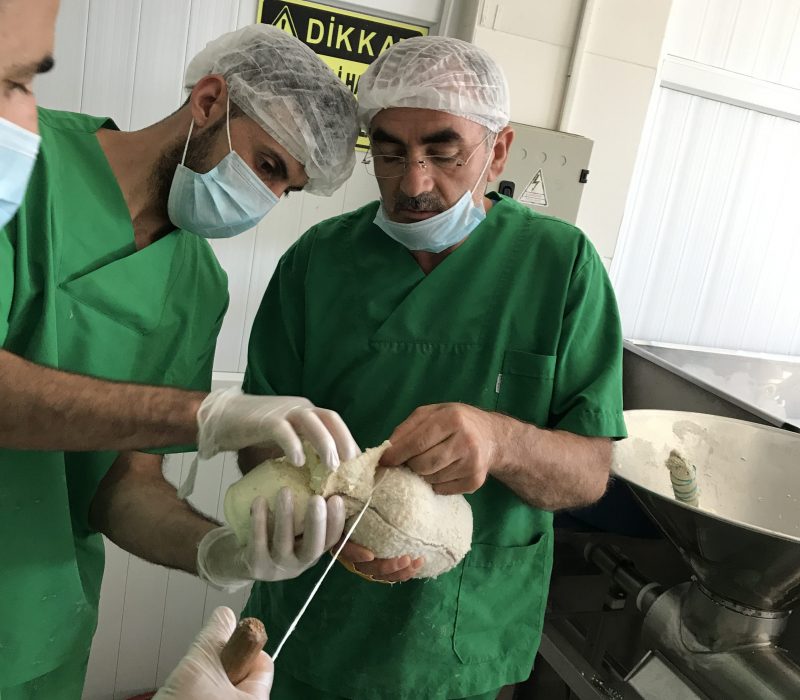This a monthly series I have been publishing for years. To get the latest cheese promptly delivered directly on to your screen you can subscribe here.
Erzincan Tulum Peynir, the sheep’s milk cheese from the mountains in northeast Anatolia – after my visits there in July of last year and this April this translates into so many wonderful pictures, so many impressions and thoughts. Animals and people live in an impressive symbiosis in this landscape of mountain plateaus rising high above the Karasu valley, the black river that is called Euphrates further south.
Erzincan Tulum Peynir: I see the faces of Halesil, Songül, Mustafa Gün and all the others who during the summer move from the mountain villages up to the plateaus, with tents and sheep, to translate that landscape into cheese. It is hard work, but it is also the incredible light of the morning sun, the fresh cheese dripping from the horses‘ saddle bags, the generous breakfast served to visitors.

I have no idea how and why I deserved this, but I had a whole Heinzelcheese team with me on those trips to the roots of our culture; translating, driving, photographing… thank you, Gamze, Arda and Hüseyin. You allowed me to access this world and at least begin to understand the ancient connections.

Erzincan Tulum Peynir: in May, after the rain, the families take their flocks (typically 200 to 300 animals) from the mountain villages up to above 2500 meters, where the air is cooler, the pastures green and lush and where they live in tents until September. The men milk in the mornings and evenings (by hand), while the women immediately add (homemade) rennet to the milk and scoop it into to clothbags for draining. Early in the morning those bags are brought to a collection point, by car or horse, which is a tent that serves as dairy. There the men fill large canvas bags with the fresh curd, sew them up and stack them. During a week they are left for the whey to drain while lactose is transforming into lactic acid. Then the dry, sour curds are emptied into a large basin, tread down by foot and simultaneously mixed with salt. Stuffed back into the bags, the fresh cheese at that point is collected by the Erzincan cheese traders.
One of them, Süleyman Yıldırım (who works with the excellent Istanbul delicatessen store Cankurtaran Gıda) was our contact in Erzincan. He said: „The cheese is a way of life, is our culture, not just a commodity.“ Mustafa Gün, head of the family whose story I’m telling in the current issue of Effilee magazine (please buy and read!), calls it „the factory without smoke“.

And how does it actually taste, that sheep milk cheese from Erzincan which the traders such as Suleyman press into plastic bidons or bags made from goat skin to mature for four months at almost 0°C? It is the most concentrated, most dense „cream“ cheese you could possibly imagine, made from exceptionally tasty sheep milk, mineraly and salty, and with an acidity that first seems very quiet and discreet but then, while the cheese slowly melts in your mouth, emerges from all that opulence to add a refreshing finish that might remind you of really good salt pickles. The deri version (deri means leather or skin) tastes more complex than the one ripened in bidons – similar to wines matured in stainless tanks and wooden barrels respectively. And topped with honey (from the Güns‘ neighbours, that is from the same mountains, or your own favourite beekeeper): wow, truly wow.

And now, if hopefully you’re still reading on instead of clicking onto other shores out of frustration, because you rightly assume that this is yet another cheese you won’t find at your corner store or the next supermarket, here is another wow: I brought one of the Güns‘ Erzincan Deri Tulum with me, FOR YOU. Send me an email and convince me that a piece of it should make its way to you (within Germany only, please) – and that’s exactly what will happen. To show my gratitude for your attention and company over all those years, and your openness across all conventional borders. Teşekkürler.
PS I included Erzincan Tulum Peynir in my paper for the 2020 Dublin Gastronomy Symposium, you can watch it here.

This a monthly series I have been publishing for years. To get the latest cheese promptly delivered directly on to your screen you can subscribe here. If you enjoyed reading this, you might consider clicking on the button below and supporting me in my work. I’d be more than happy. Thank you.




